Today we will tell you about a path that will make you discover our beloved Tuscan countryside. A route that takes you from Florence to Siena, tasting good wine 🍷 and enjoying beautiful views 🌆 over our fields and vineyards. The vines present in this area are those called Chianti DOCG 😝.
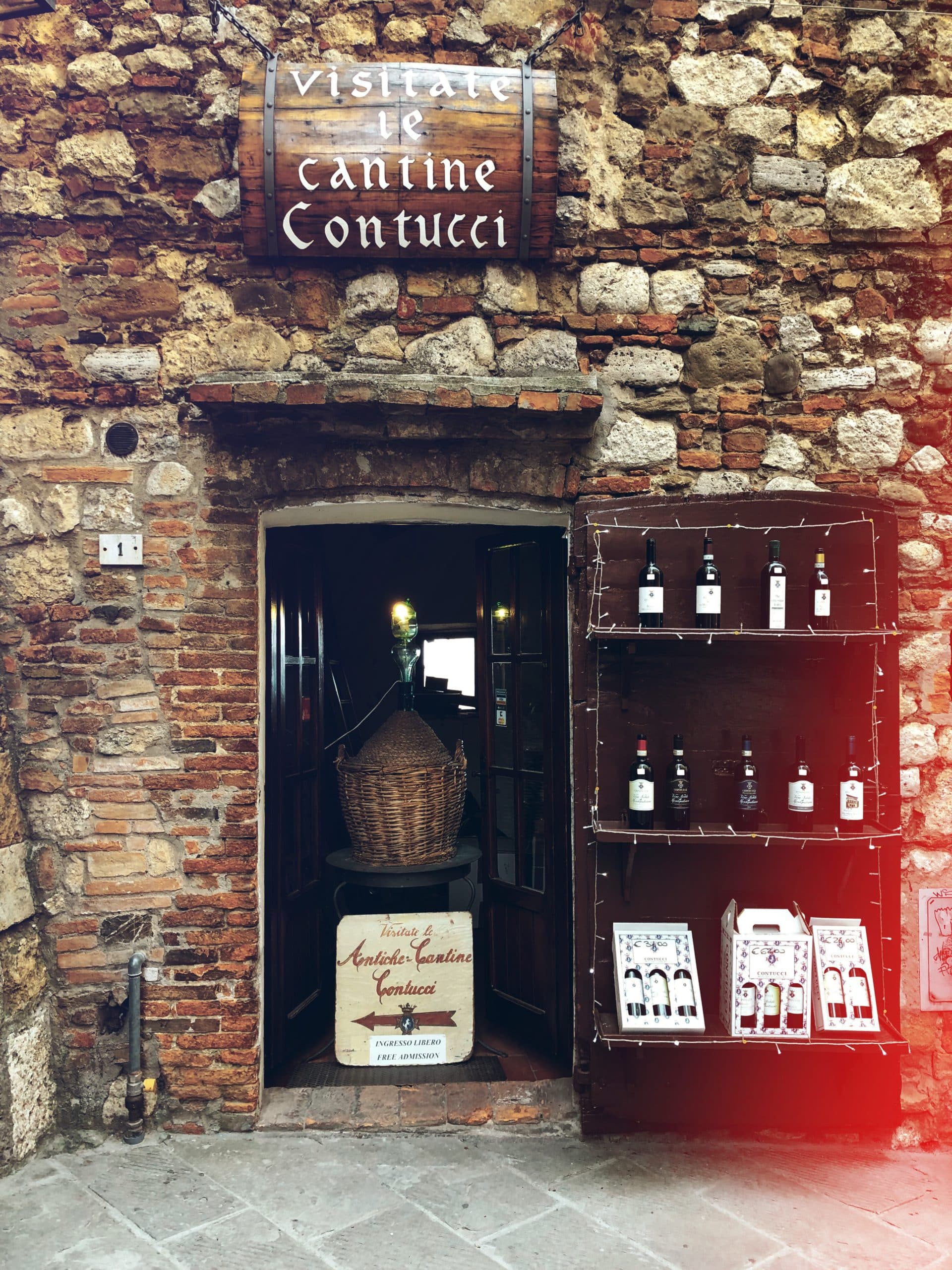
The area of the Chianti hills, also known as the Chianti Mountains 🌄, is an area more than 20 km wide, which embraces the provinces of Siena, Florence and a small part of Arezzo.
The highest mountain 🚵 in San Michele of 893 meters, in Greve in Chianti in the province of Florence.
We will mention the most beautiful villages, to be seen absolutely, in alphabetical order, then Siena.
Florence
Florence is the city of the Renaissance and of Italian art, thanks to its artistic heritage it is one of the best known and most visited destinations in the world.
We will not dwell on Florentine beauties and we refer you to our two previously published posts that describe Florence in detail.
Let’s just remember that its historic center has been declared a UNESCO World Heritage Site 🌍.
Tutto qui spira grandezza, gusto, umanità, purezza, e bellezza, nel più alto grado. Credo che sarei più felice qui con voi, che in qualsiasi altro luogo.
[Klemens von Metternich]
A famous quote by Klemens von Metternich describes this place well.
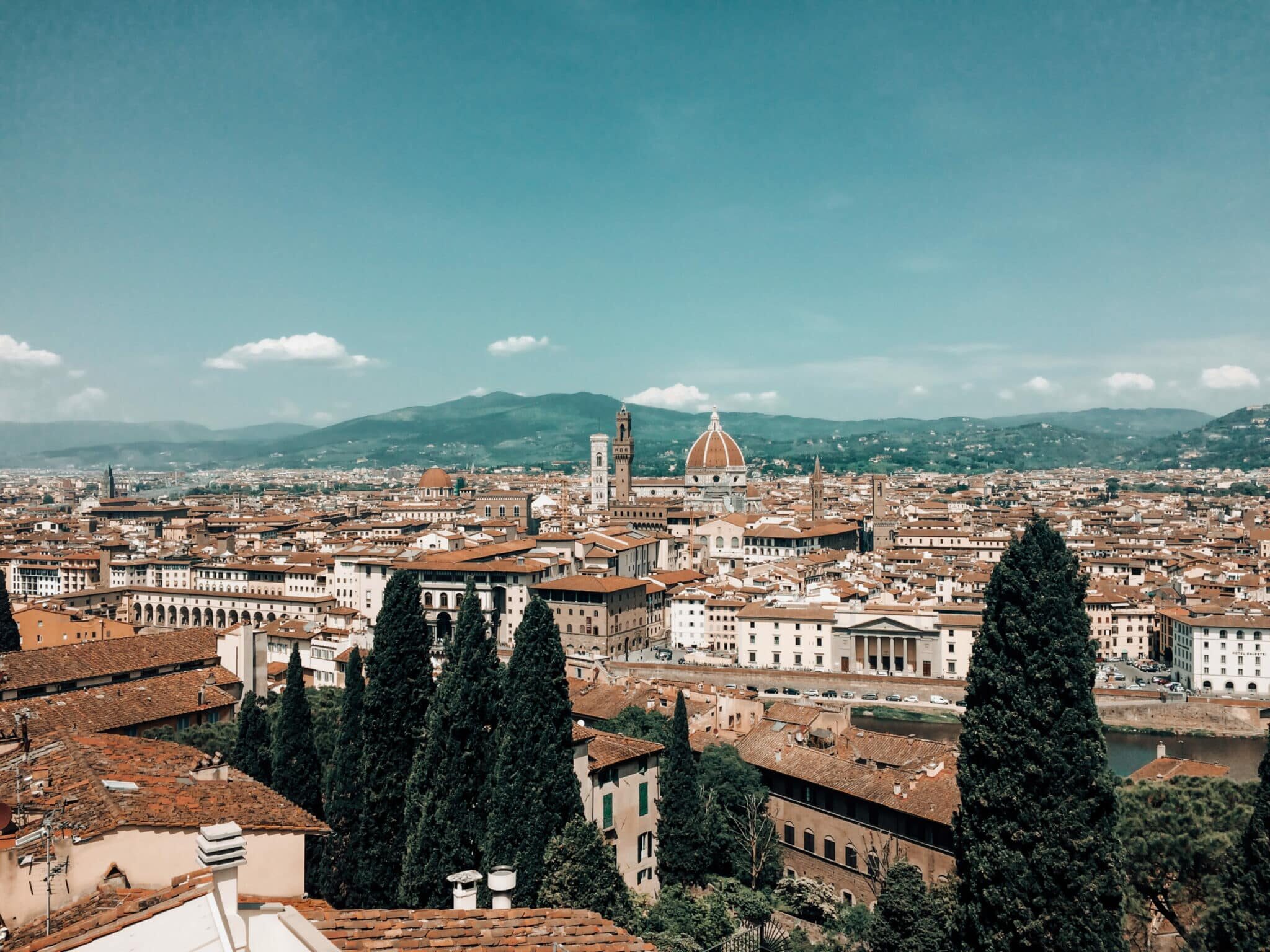
Siena
The best time to visit Siena is certainly when the Palio di Siena is held 🐎, which takes place in early July and mid-August, and is considered the oldest and most famous Palio in Italy, a symbol of the city and its history. Even its historic center has been declared a World Heritage Site by Unesco 🌎. The heart of the city offers not only many architectural beauties but also shops where you can find artistic crafts and typical products such as sweets: ricciarelli, panpepato and cantucci. So delicious 😋
The city of Siena is divided into Terzi and Piazza del Campo is the ideal point where the three hills meet on which the city stands.
1. The Terzo di Città is the highest and oldest part and extends to the southwest. Here are the most important monuments, including the Duomo, the complex of Santa Maria della Scala and the Church of San Niccolò del Carmine.
2. The Terzo di Camollia extends in the north towards Florence and includes the city street, Palazzo Salimbeni, the sanctuary of Santa Caterina, the church of Santa Maria di Provenzano, the basilica of San Domenico, the Fontebranda spring, and the Medici Fortress.
3. The Terzo di San Martino extends to the south-east and includes the fortified nucleus of Castel Montone, the church of San Martino, the Basilica of Santa Maria dei Servi, the church of San Giorgio, the synagogue, and the Pope’s Loggias.
Piazza del Campo with its particular shell shape and terracotta floor. Here is the Fonte Gaia ⛲, the largest city fountain decorated with sculptures by Jacopo della Quercia. Overlooking the square is the Palazzo Comunale, which houses the Civic Museum, and the Torre del Mangia 🗼, 400 steps for 87 meters, from where you can enjoy one of the most beautiful views of the city.
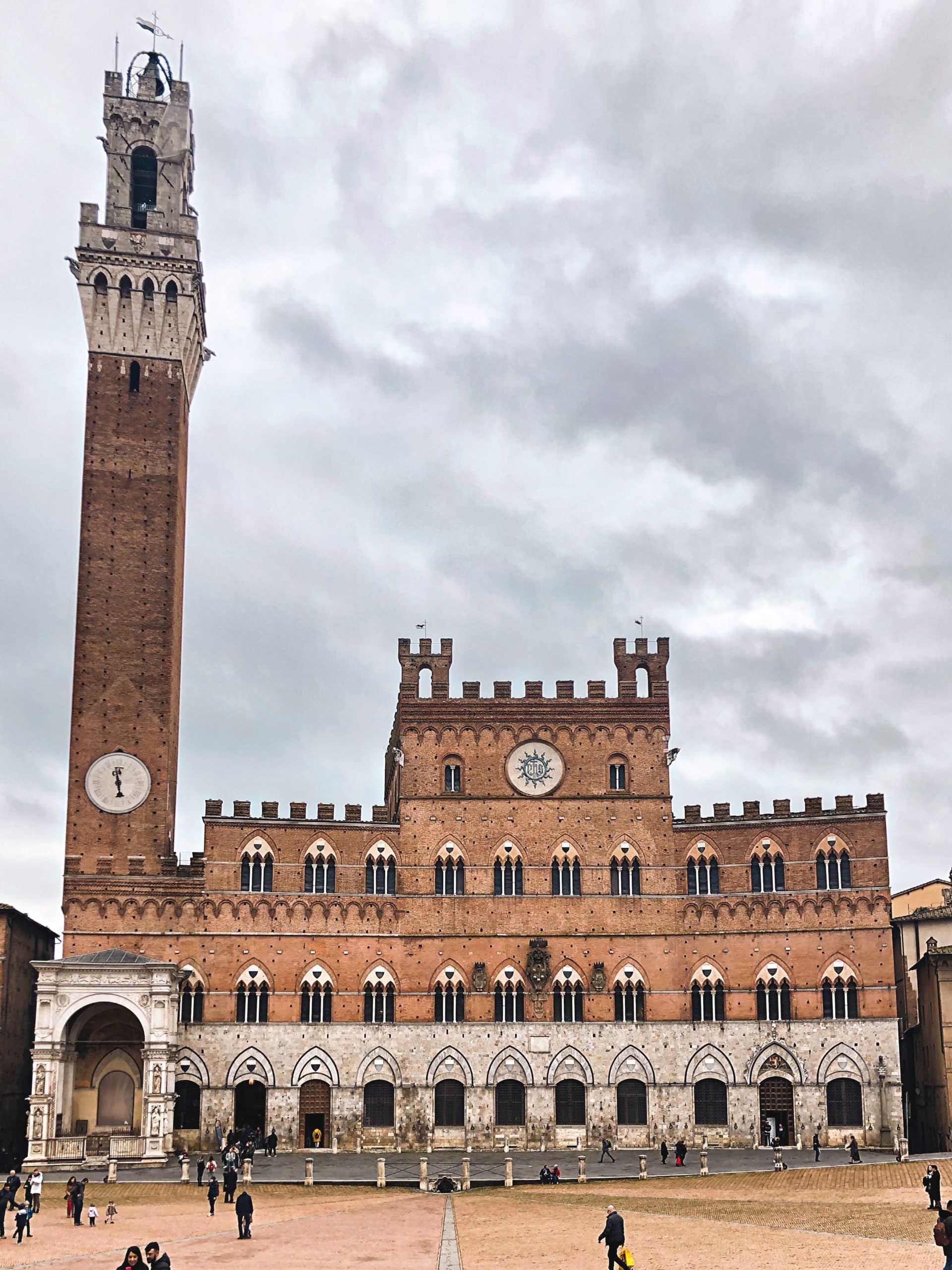
In Piazza Duomo is the Cathedral of San Maria Assunta, or the Cathedral of the city, a Romanesque-Gothic style church, imposing for the use of white marble and fascinating both outside and inside for the marble decorations of the walls and floor and for the works that are preserved there, made by the great Donatello, Michelangelo, Nicola Pisano, and Pinturicchio.
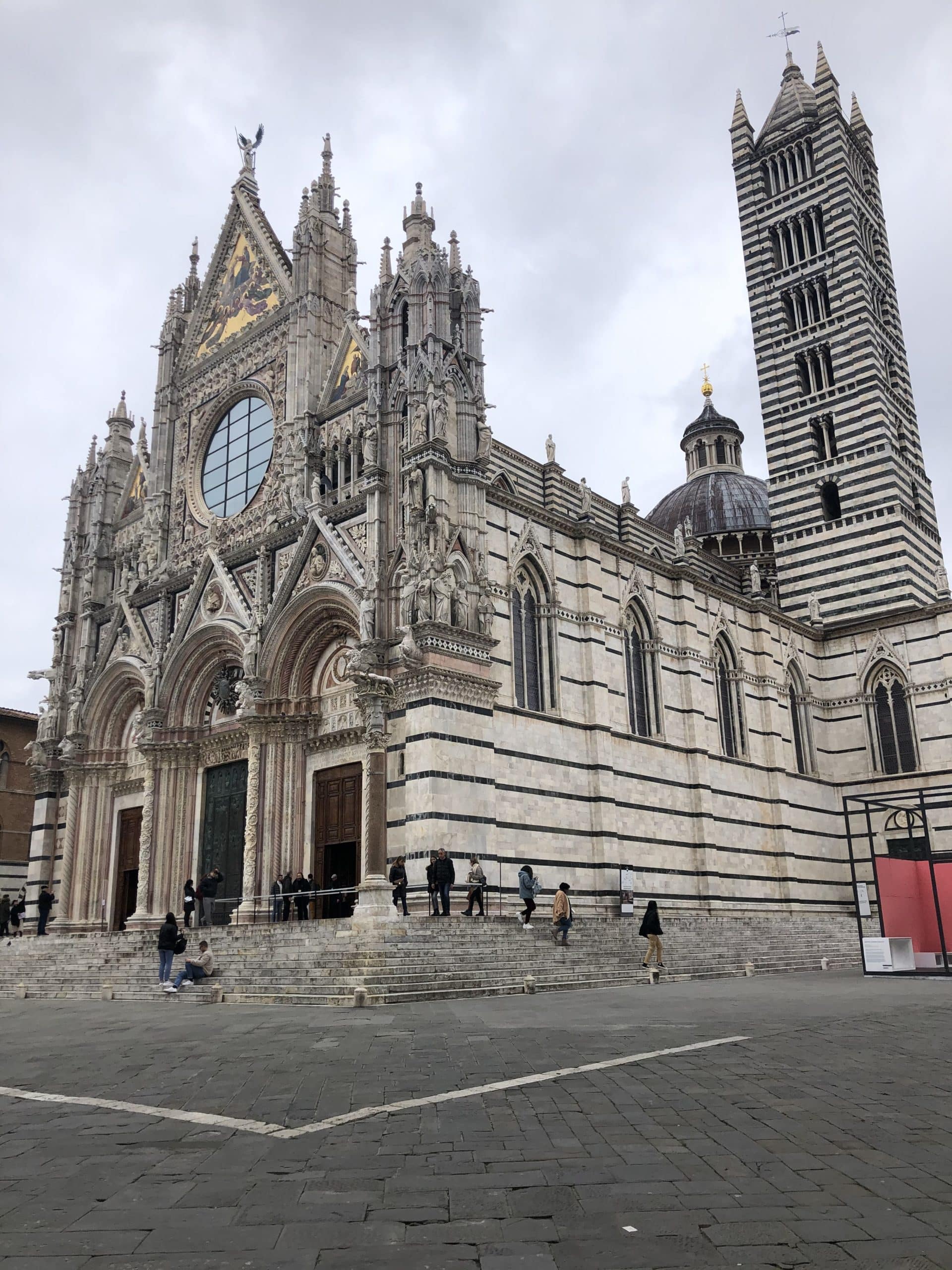
Also worth seeing is the National Art Gallery, one of the most important in Italy, located in the Brigidi and Buonsignori palaces and houses works of art from the Sienese school.
Barberino Val d’Elsa
You can choose to visit Barberino Val d’Elsa in the last week of May when the Medieval Festival takes place, a historical re-enactment with games, concerts, craft markets, theatrical performances, and parades in period costume 🎭.
The medieval town with the two ancient gates, the Sienese and the Fiorentina. The historic buildings in via Francesco da Barberino, Palazzo Podestà with its coats of arms, the old pilgrims’ hospital, and the Church of San Bartoloneo. Also, visit the Pieve di Sant’Appiano and the Chapel of San Michele Arcangelo in Semifonte. There are numerous historic villas, such as villa Bardi, villa Cortine, villa Capponi, villa Prumiano, villa Linari, and Castello della Paneretta.
Castellina in Chianti
A lively town all year round, it comes alive with a series of events that characterize the Chianti area, including the Chianti Festival (June-July), a theater and music festival, and Calici di Stelle on the night of San Lorenzo (10 August). Other events are local and traditional, such as the Pentecost festival in spring and the Watermelon Fair 🍉 on August 24 with markets and shows. In autumn the Chianti d’Autunno event takes place.
Here there are two interesting archaeological sites: the Tumulus of Montecalvario, on the state road to reach the town, is an important testimony of the Etruscan era dating back to the VII-VI century B.C. belonged to an aristocratic family. La Rocca is located in the main square, it is a fourteenth-century tower from whose top you can admire the Chianti landscape. Also worth seeing are the Castle of Monternano and the Archaeological Museum of the Sienese Chianti inside the Rocca.
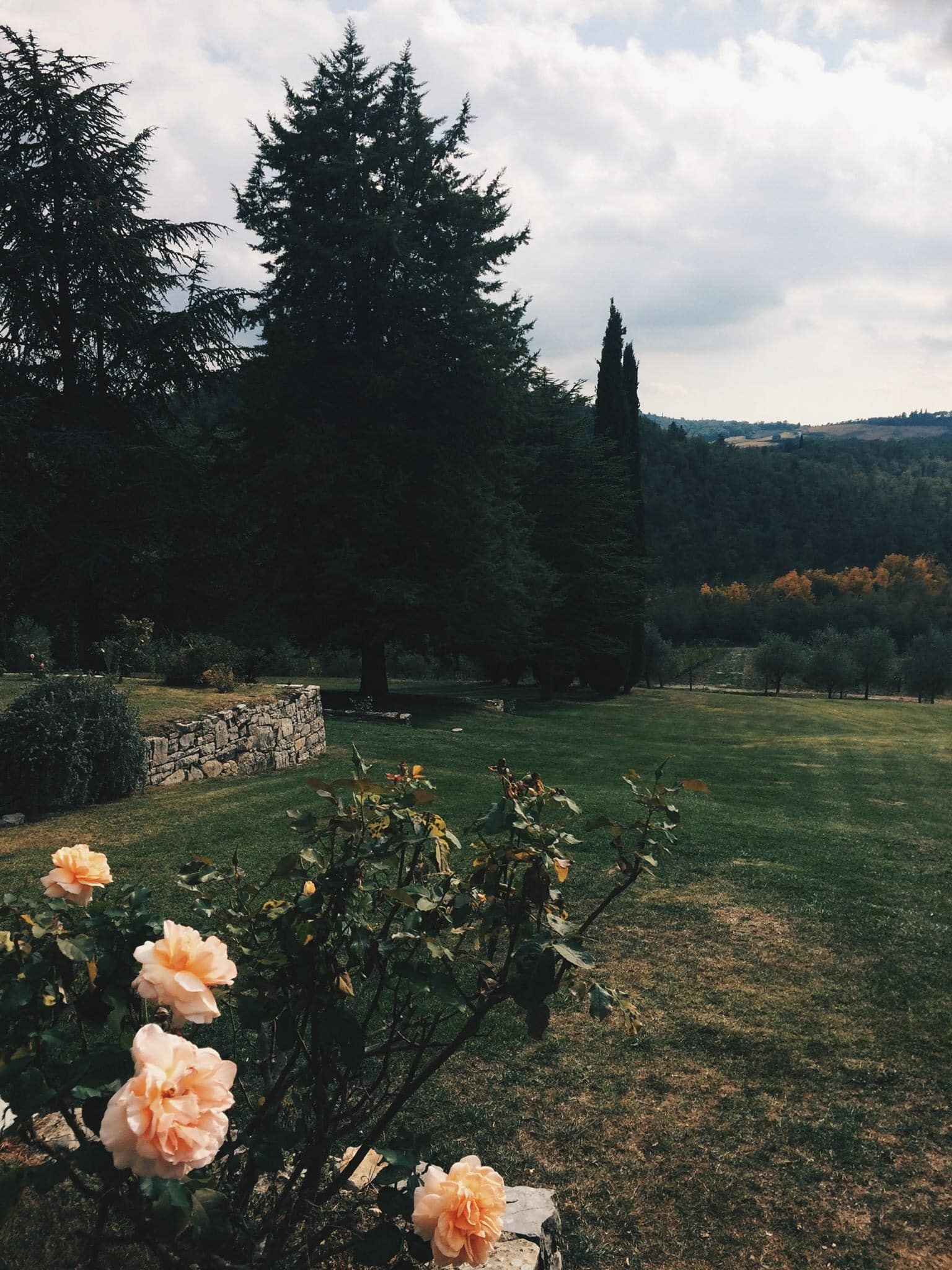
Certaldo
July is the best month to visit Certaldo: for five days Mercantia takes place, an international street theater festival, with shows, music, and artistic crafts. In September there is a traditional historical re-enactment inspired by the novellas of Boccaccio’s Decameron 📚.
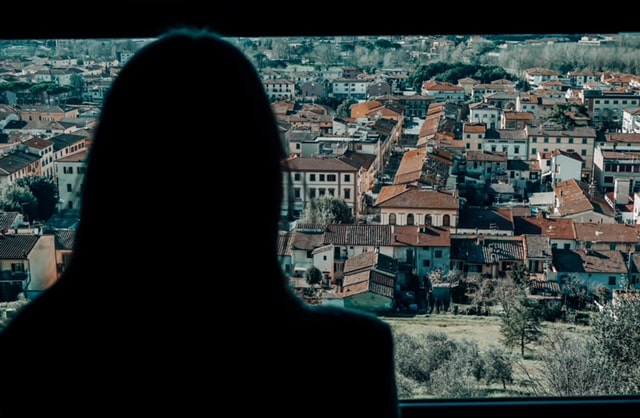
Certaldo is famous for being the birthplace of Giovanni Boccaccio and is the Orange Flag of the Touring Club Italia 🚩, recognition for places that stand out for their tourist, food and wine, cultural and environmental offerings.
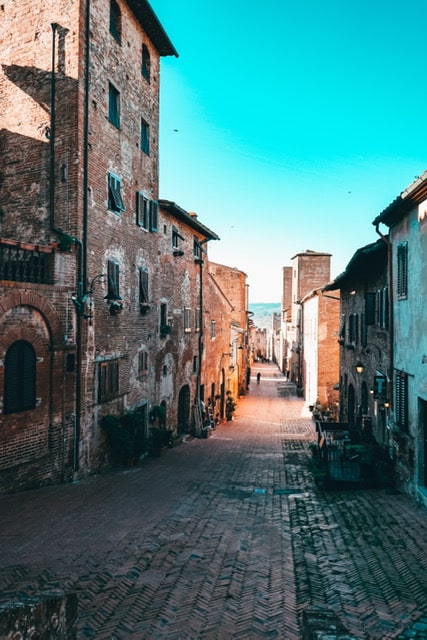
It has a lower, modern part, and a high one that forms the ancient medieval core. Certaldo Alta is the heart of this town, where you can find the peaceful atmosphere of the past. Here is Boccaccio’s house museum, where he is presumed to have been born in 1313 and lived until his death. Here, in addition, there is a study center and a precious library which houses various editions of the Decameron. Also in the historic center is the Church of SS. Michele and Jacopo which houses the remains of the storyteller. Also worth seeing is the Palazzo Pretorio, symbol of the medieval town, where there are some important works: a Madonna and Child from 1489 by Pier Francesco Fiorentino, a Crucifixion from 1478 and a Pietà.
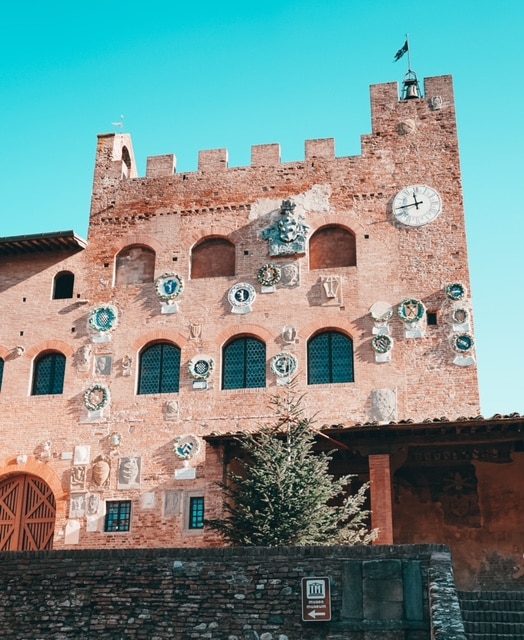
Chianciano Terme
It is one of the most famous spa resorts in Italy, located between the Val d’Orcia and its Crete (UNESCO World Heritage Site 🌏).
Chianciano is not only the reference for those looking for wellness, treatments, and thermal cures, already appreciated by Etruscans and Romans. Both the historic center and the surroundings are worth a visit: the ancient medieval village hosts interesting architectural, religious works and museums; in the surroundings, there are natural areas and parks such as the Acquasanta Park, Fucoli Park, and the Terme di Sant’Elena Park. To see the Clock Tower, the Civic Archaeological Museum of Waters, and the Art Museum which houses ancient and contemporary works, from Guttuso to Munch.
Gaiole in Chianti
In summer it comes alive with a series of events, in particular on July 17th the Patronal Feast of St. Sigismondo is held. There is also the Festa dei Rioni, a weekend of recreational and food, and wine events. In August, there is Calici di Stelle on the night of San Lorenzo, in conjunction with other places in Chianti.
In Gaiole, there is one of the largest wineries in the Chianti Classico area, the Castello di Brolio 🏰, where Baron Bettino Ricasoli invented the Chianti Classico formula 🍷 in 1872. The town does not have a fortified structure and has no particular architectural interest but near the Castle of Brolio, you can also visit the fortified village of Vertine (a small hamlet of Gaiole of just 15 inhabitants, dating back to the 12th century) and the Parish Church of Spaltenna, an ancient building of the 10th century.
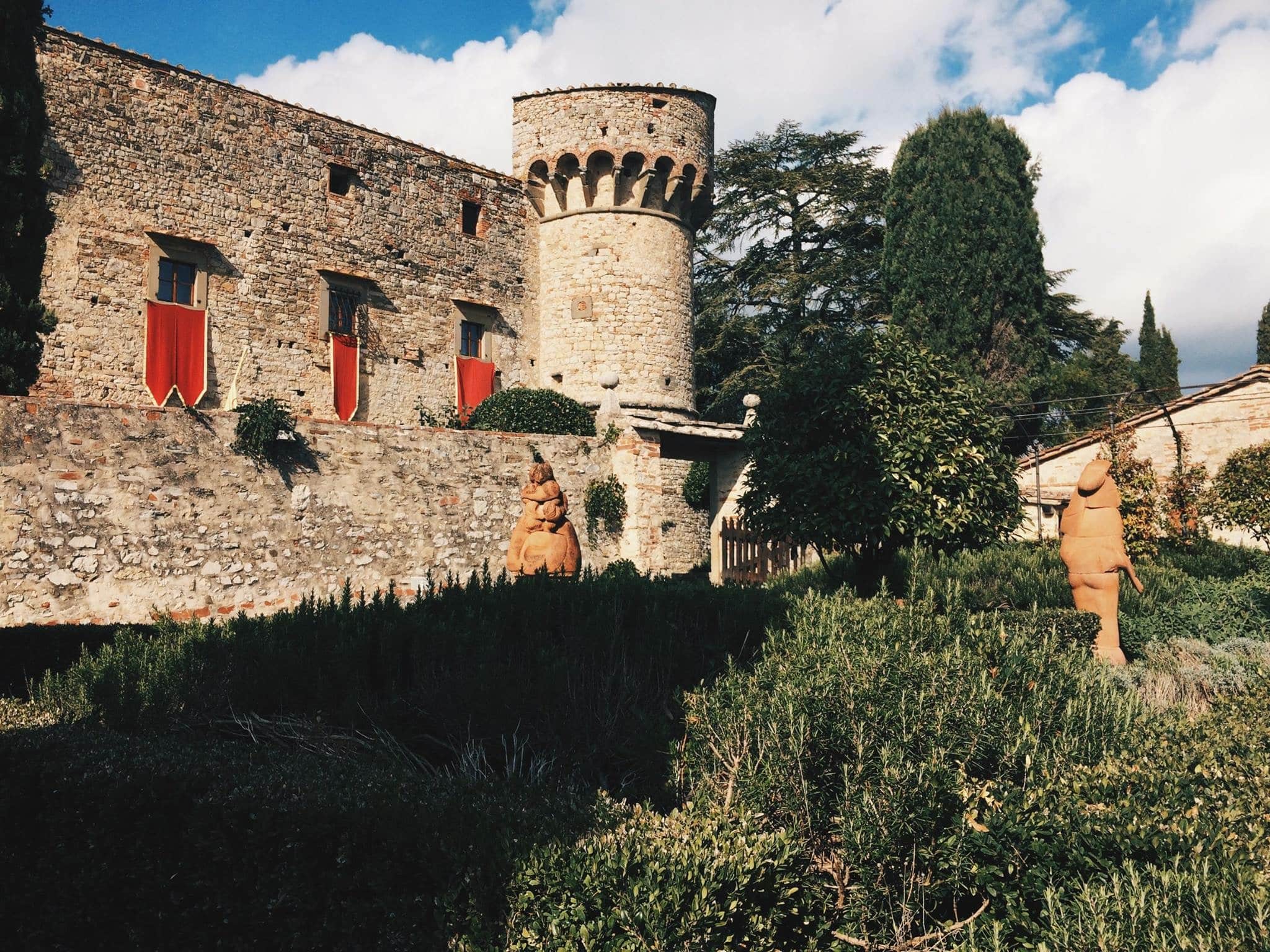
Greve in Chianti
Greve can be visited on the occasion of some annual events: May 1st during the Flower Fair 💐, May 3rd, the feast of Santa Croce, patron saint of the town, and the second weekend of September when the Chianti Classico review takes place.
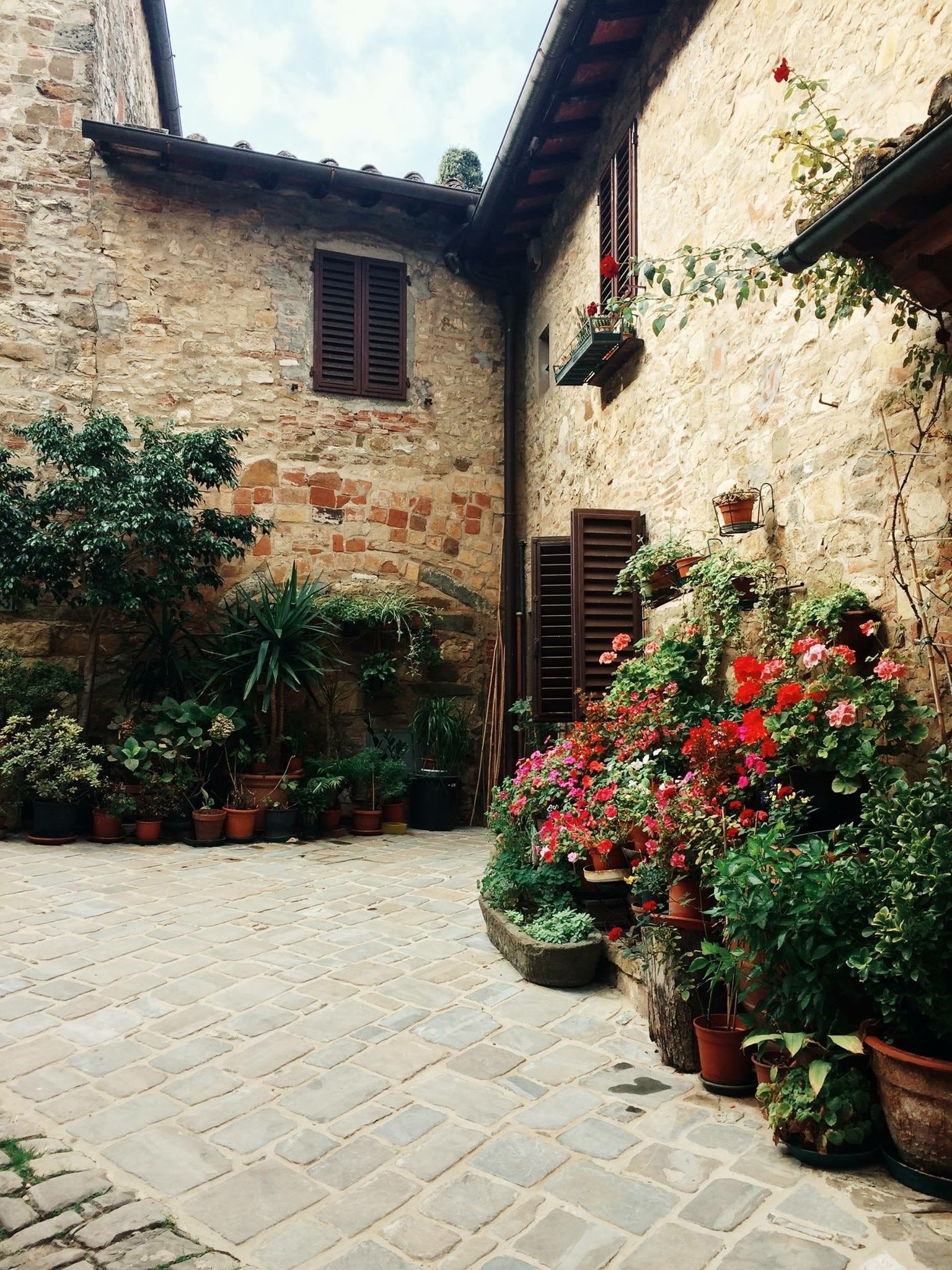
Greve in Chianti is the gateway to Chianti and its wine. It stands on the hills and is surrounded by vineyards. Everywhere you can buy and taste the wine for which this region is famous and you can also visit the Wine Museum.
Therefore, the old market is worth visiting, or the current Market Square where a large food and livestock market takes place every Saturday. Nearby is the Verrazzano Castle 🏰 with an enchanting landscape over the Val di Greve, where the great traveler Giovanni da Verrazzano was born who discovered the Hudson Bay. Other castles to visit are that of Montefioralle and Paranzo in Chianti.
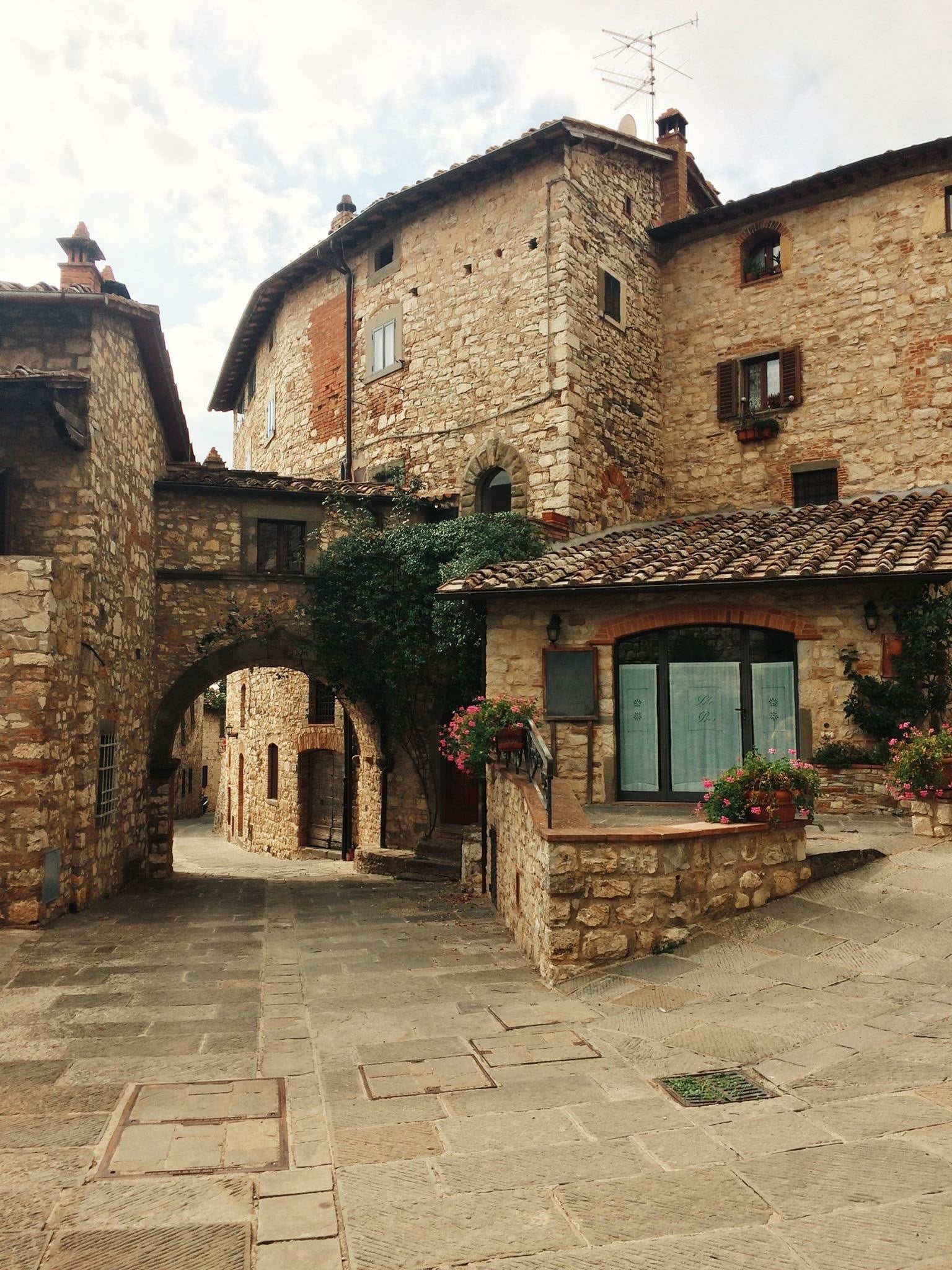
Impruneta
On the third weekend of June, during the summer solstice, the Sete Sóis Sete Luas Festival takes place, a multicultural Mediterranean festival inspired by Jose Saramago. The Grape Festival is held on the last Sunday of September and the traditional Fair of San Luca, patron saint of the town, is held in mid-October.
It is famous above all for the production of terracotta and for the 11th-century Sanctuary of Santa Maria ad Impruneta, with the image of the Madonna, believed to be the savior of the people plagued by the plague of the 1600s and a destination for pilgrims since ancient times.
Nearby is the Museum of the Treasure of Santa Maria all’Impruneta where manuscripts, goldsmiths, and other artifacts of the Basilica are preserved. Among the historical monuments and famous churches, there are also the Church of San Miniato in Quintole, the Church of San Pietro in Jerusalem, the Church of Santi Stefano and Caterina, and the Church of San Lorenzo alle Rose. Also worth seeing are the famous terracotta kilns, in which skilled craftsmen produced splendid artifacts with local clay.
Montalcino
In summer or autumn, a period of festivals and events related to typical products. In early September there is the Honey festival 🍯, in early October the Cockerel festival, in the last week of October there is the famous Sagra del Tordo, an ancient fair that involves the four districts of the city between historical re-enactments and competitions of archery.
You can visit the historic center with its fortress built in 1361 from which you can see the beautiful panorama of the Val d’Orcia and the Crete Senesi. Other buildings worth seeing are the characteristic long and narrow tower of the Palazo dei Priori overlooking the Piazza del Popolo, the Palazzo Vescolvile, and the churches of S. Agostino, S. Egidio, and San Francesco. You can visit two museums, the Civic and Diocesan one of Sacred Art and the Glass Museum. A few minutes from the town is also the Abbey of Sant’Antimo.
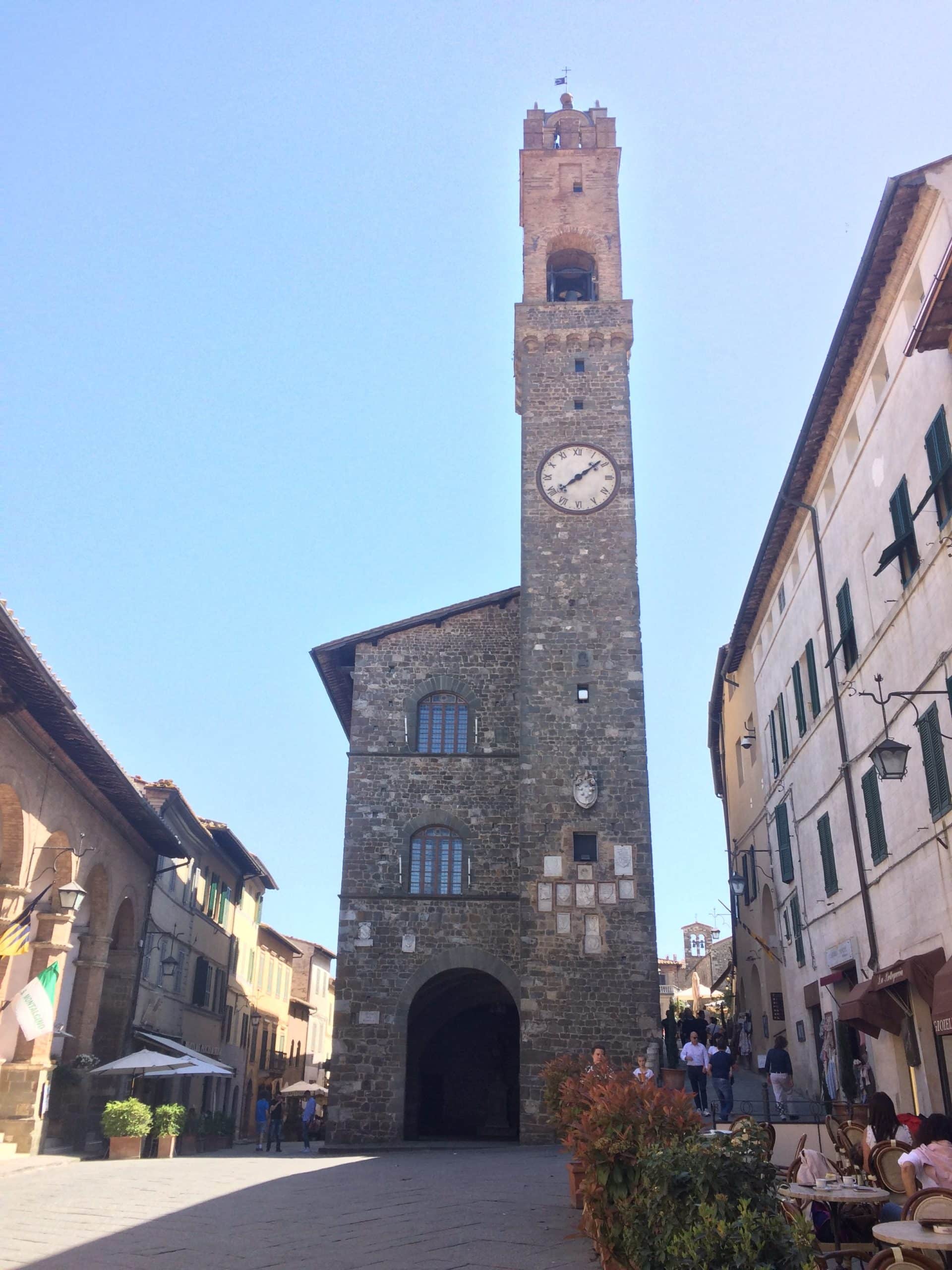
Montepulciano
On the last Sunday of August, the most important party of the summer is held, the Bravio delle Botti, a historic competition between athletes who compete to push an 80 kg barrel. In autumn there are several festivals and fairs such as the Palio dei Carretti and the Watermelon Fair (September), the Pumpkin Festival (October), the Street Food Festival (November).
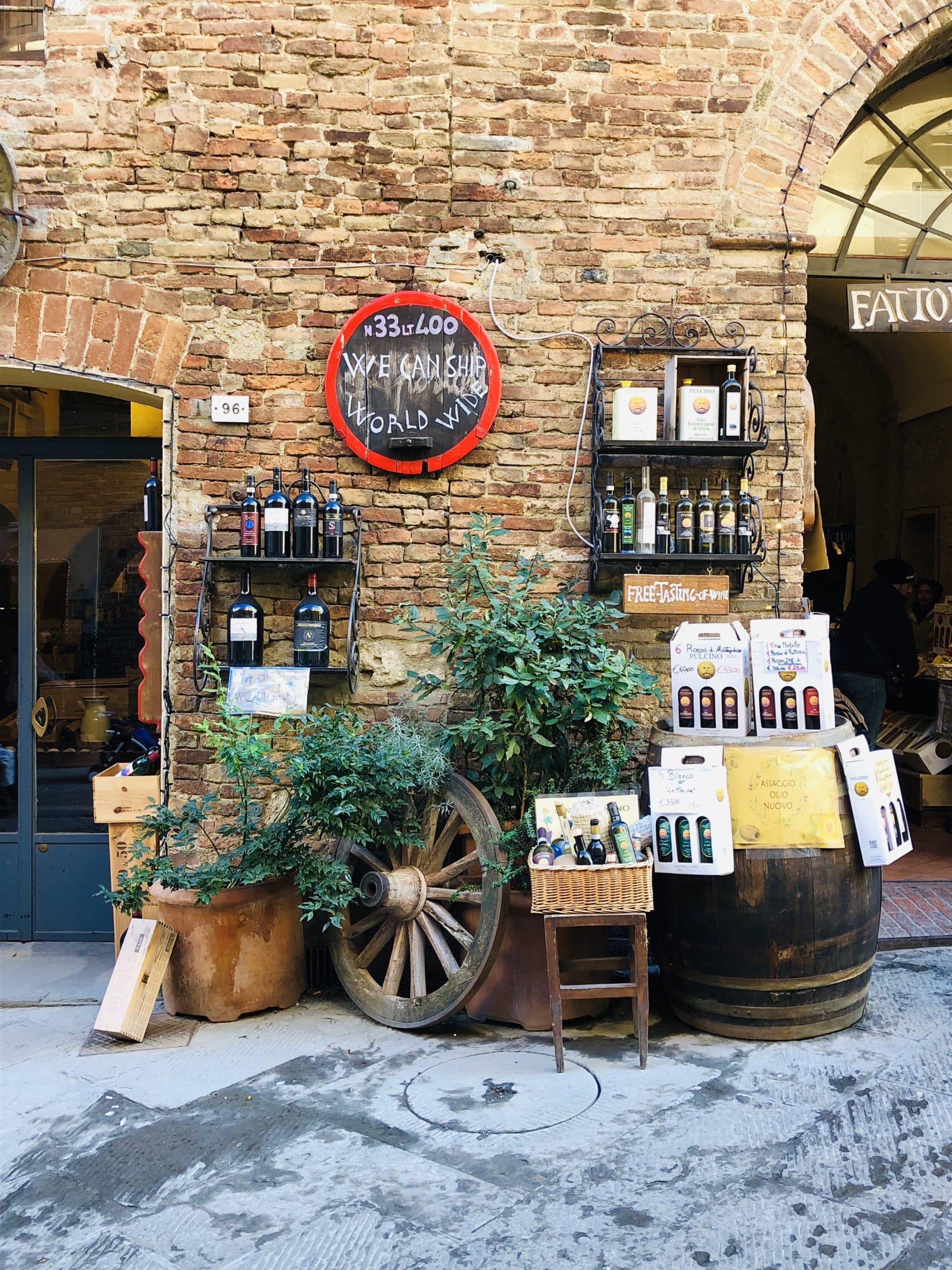
Montepulciano preserves a rich artistic heritage and is famous for its wine. Several films have been shot here such as “The English Patient”, “Under the Tuscan Sun”, “Twilight”.
From the walls, you can reach the historic center along the elegant course and skirting Renaissance palaces to the main square, Piazza Grande, located at the highest point of the city and dominated by the tower of the Palazzo Comunale with the facade of Michelozzo. Opposite you can admire the Cathedral, from the 16th century. Also worth seeing are Palazzo Bucelli, the Church of S. Agnese, patron saint of the city, the house of the Poet Poliziano and other imposing palaces such as Contucci, Palazzo del Capitano, Palazzo Cervini, Grugni, Ricci. Religious architecture is also interesting.
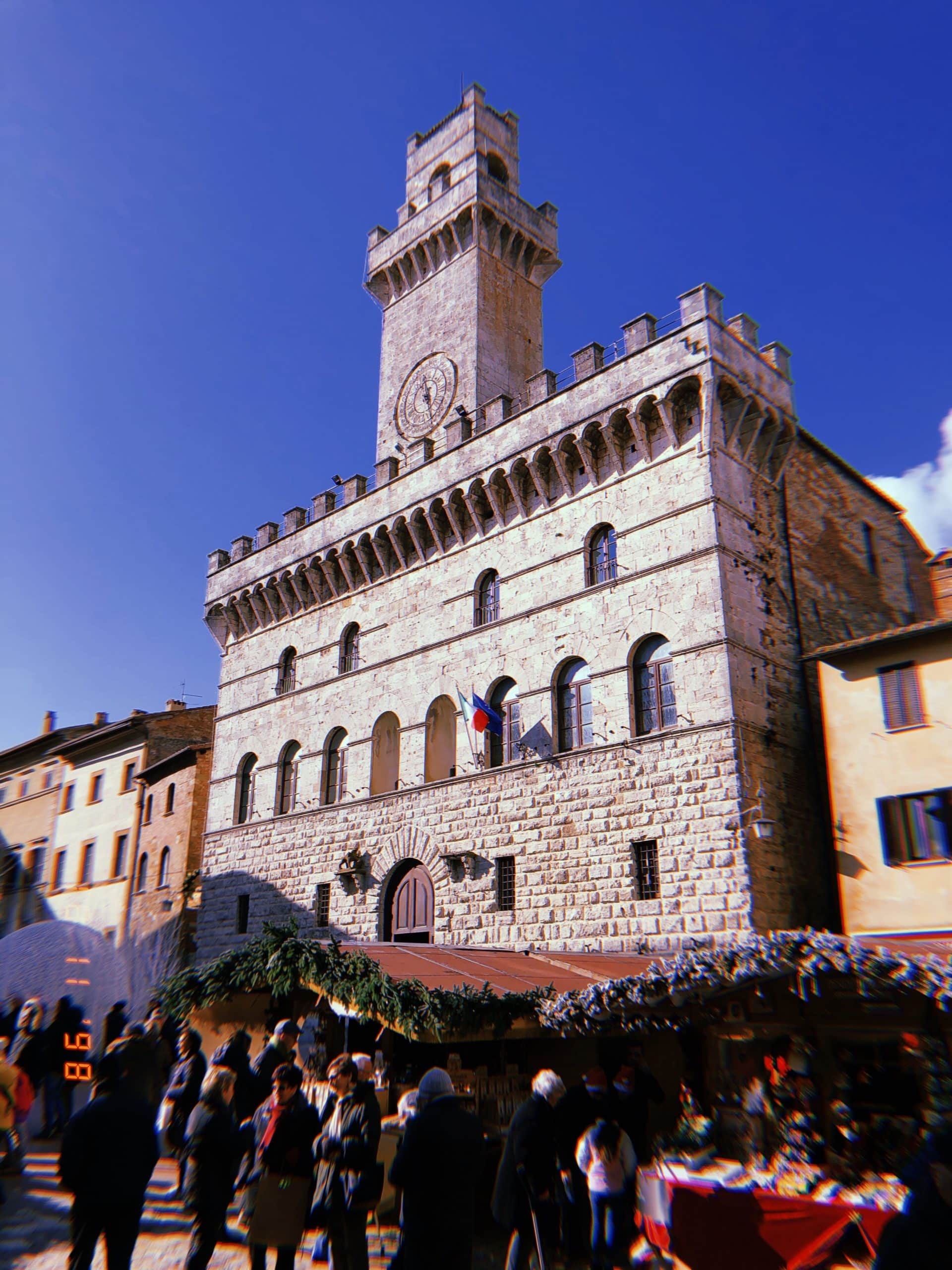
Monteriggioni
Monteriggioni still retains most of the structures of the thirteenth century and is configured as an absolutely unique place in the panorama of medieval Tuscan villages.
At the main entrance to the village, the door faces Rome and opens at the base of a tower with a large pointed arch. Pieve di Santa Maria Assunta in Monteriggioni, the church, overlooking the main square, is the building in the village that best preserves its medieval features. For those who decide to come to Monteriggioni, a visit to the walkways on the walls of the castle is a must.
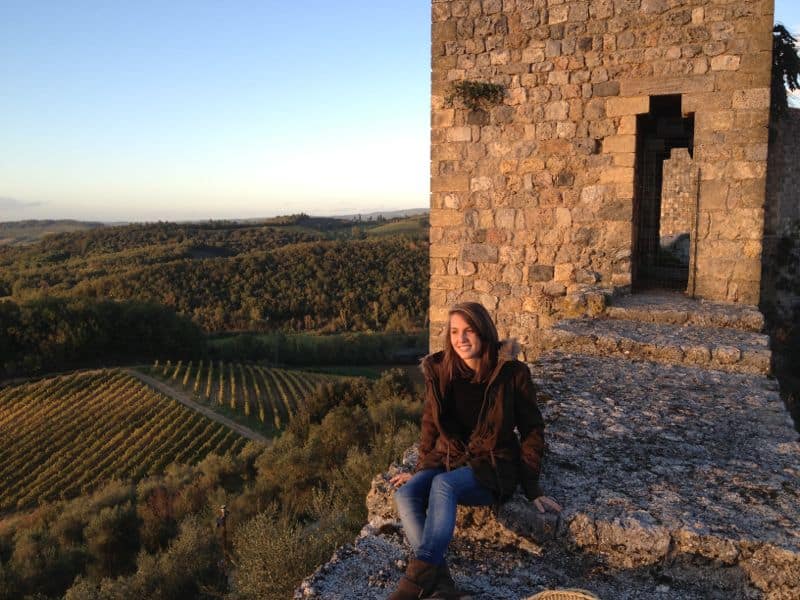
Poggibonsi
During the summer season, the city is lively and full of events. April 28 is the Patron Saint, in May the Feast of the Gradinata and the Festa della Magione take place, between May and June there is the International Festival of Shadows. At the beginning of December, there is the “Pigio” Festival, the pressing of grapes with competitions between districts.
In Poggibonsi, you can visit the Medici Fortress of Poggio Imperiale, built in the sixteenth century at the behest of Lorenzo the Magnificent. It stands on a hill where the Archaeological and Technological Park of Poggio Imperiale is also located. In the historic center, there are several religious buildings of interest such as the Church of San Lorenzo and the Sanctuary of Romituzzo which preserves a “Madonna della Neve” from the fourteenth century.
Two other suggestive places are the Castello della Magione, a small medieval monumental complex that belonged to the Knights Templar, and the Fonte delle Fate, a large public fountain from the 13th century.
Radda in Chianti
Spring and summer are the best times to visit it. In May there is the wine festival and at the end of August the Festa del Perdono, an enogastronomic and recreational event.
The village has the characteristic medieval aspect with interesting historical and religious buildings. Of the historic castle today only remains of walls and towers remain, the town is gathered around the Church of S. Niccolò and the Palazzo Pretorio, which dates back to the fifteenth century. The ancient city icebox is famous, dating back to the time of the Grand Duke.
Rapolano Terme
The summer period is ideal for visiting Rapolano Terme, especially for the spa complex. On August 15th the city is celebrating the patron saint Vergine Assunta. In July and August, the Festival of the Crete Senesi takes place and in September the September Rapolanese is held with fairs and market exhibitions.
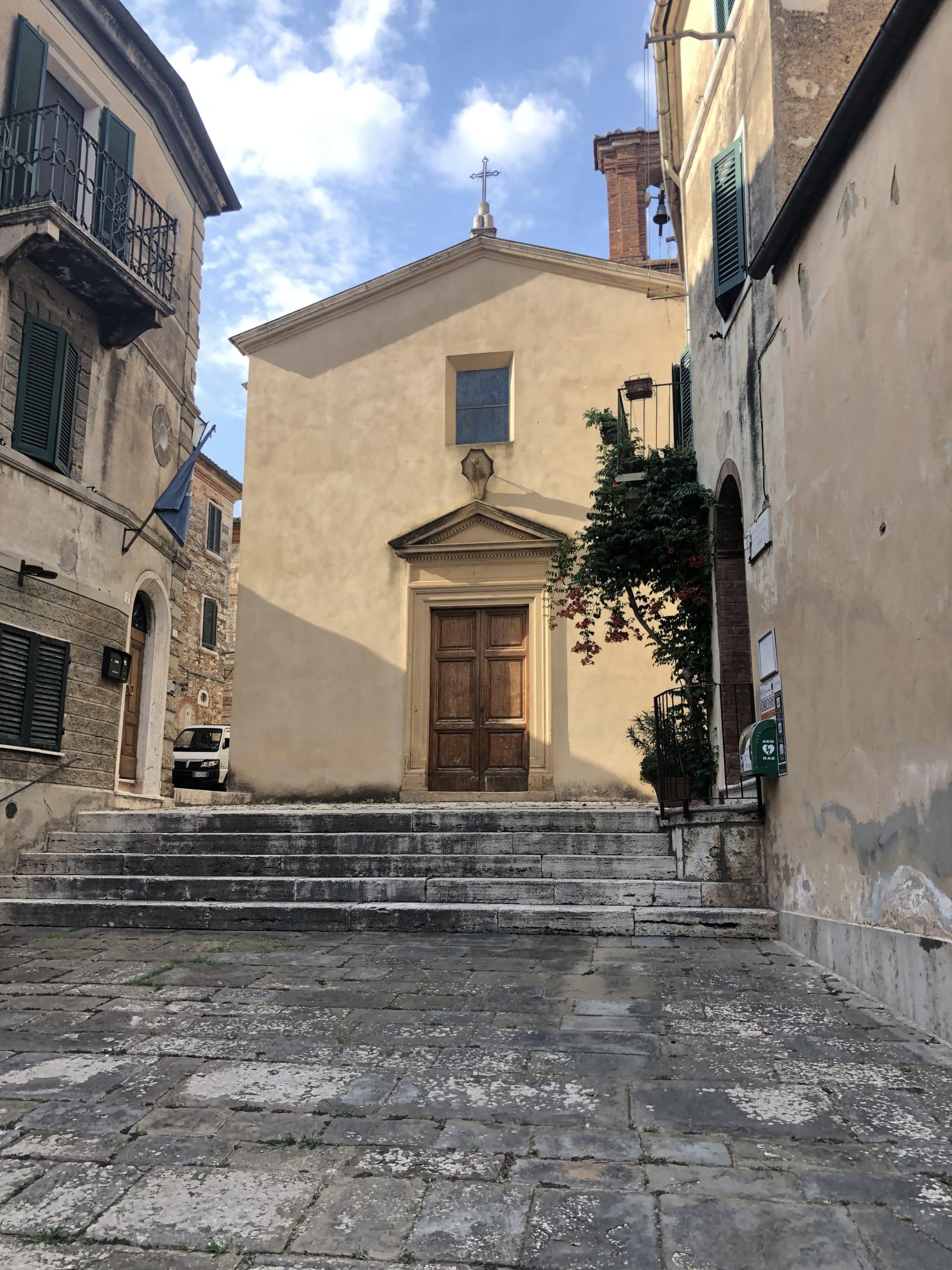
In addition to the two spas, Rapolano has naturalistic and archaeological beauties that are worth a visit. A short distance from the Terme di San Giovanni ⛲ is the archaeological site of Campo Muri, with the remains of an Etruscan and Roman settlement with a votive pit called Buca delle Fate where the cult of thermal waters was celebrated. Near the Terme dell’Antica Querciolaia is the Parco dell’Acqua, a park dedicated to travertine that is formed with the limestone deposits of the thermal waters, there are many sculptures. The “Schiena d’Asino” and the “Puzzola” are two areas of naturalistic interest created by the thermal waters.
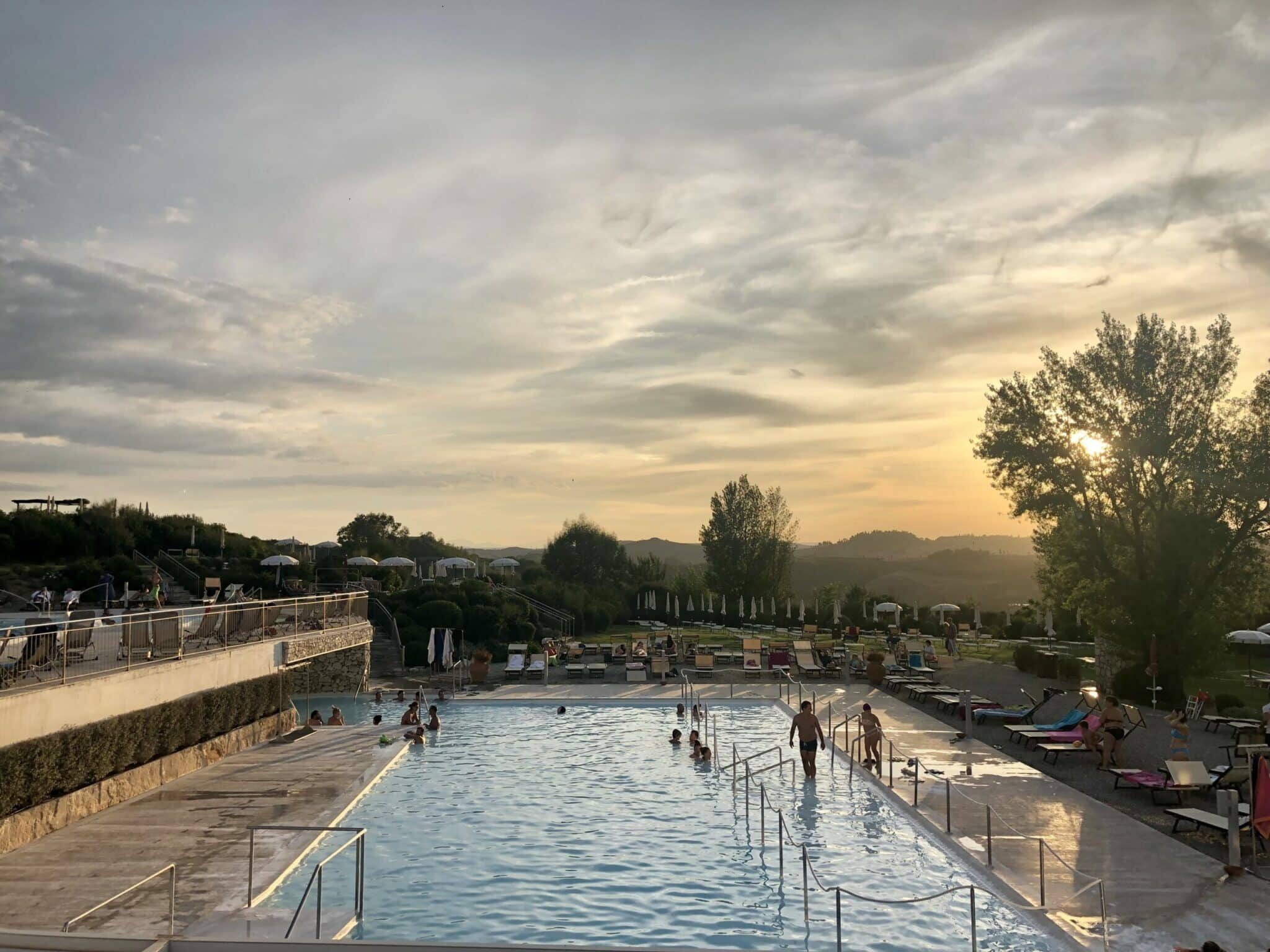
San Casciano Val di pesa
In autumn, from October to December, the town hosts gastronomic festivals of wine, new oil, beer, and fettunta.
The town has several religious buildings that are worth a visit: the most important is the Collegiate Church of San Cassiano, the Church of the Misericcordia also houses the Museo della Misericordia with works by Ugolino da Siena and Simone Martini. The Church of Santa Maria del Gesò houses the Vicarial Museum of Sacred Art and important paintings such as the Madonna and Child by Ambrogio Lorenzetti. In addition to visiting the town, at the La Botte sports park, there is a pedocyclable path and picnic and barbecue areas. Children like the “Il Folletto” Adventure Park, with climbing routes and agility tests.
San Gimignano
In spring the Tuscan countryside is spectacular, in summer the village comes alive with cultural and artistic events. In June, the Fierie delle Messi is held, a historical re-enactment of a medieval festival in honor of the fertility of the earth. San Gimignano is an ancient fortified medieval village whose walls date back to the year 1000. It is famous for its historical and artistic heritage and its architecture, especially its towers. In 1990 it was declared a World Heritage Site by Unesco 🌎. Its local products are also very popular, including saffron and Vernaccia di San Gimignano white wine.
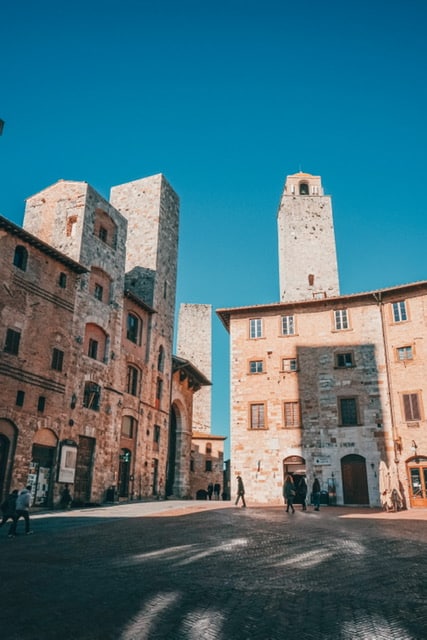
Of the 72 towers today 16 remain, the oldest is Torre Rognosa, 51 meters high, and the highest is Torre del Podestà of 54 meters. The heart of the town is Piazza del Duomo, full of buildings and palaces such as Palazzo Vecchio del Podestà and the Palazzo Comunale also called Palazzo Nuovo and the Palazzo della Propositura, the seat of the Opera Archives with important 15th-century manuscripts.
Tavern Elle Val di pesa
Visiting it in the summer will make you enjoy the nature of the place and the various tourist events scheduled. From June to August a vast program of events is held in the town center, one of which is the Battitura Festival, on the third Sunday of July, with peasant historical re-enactments and food and wine exhibitions.
In the historic center is the Badia a Passignano, a very old monastery dating back to the 11th century that resembles an old fortress. To visit the numerous churches such as that of San Biagio, Santa Lucia al Borghetto, and the Madonna della Neve in gothic style. The Castello del Nero 🏰 is also very impressive, now home to a luxury hotel.
Vinci
Protagonists of the Vinci landscape are olive groves and vineyards, to which the Montalbano Le Colline di Leonardo oil and wine route are dedicated. This municipality promotes the “Lands of the Renaissance” museum and tourist system, which also includes other municipalities, with the aim of enhancing and promoting the cultural and museum heritage of this area.
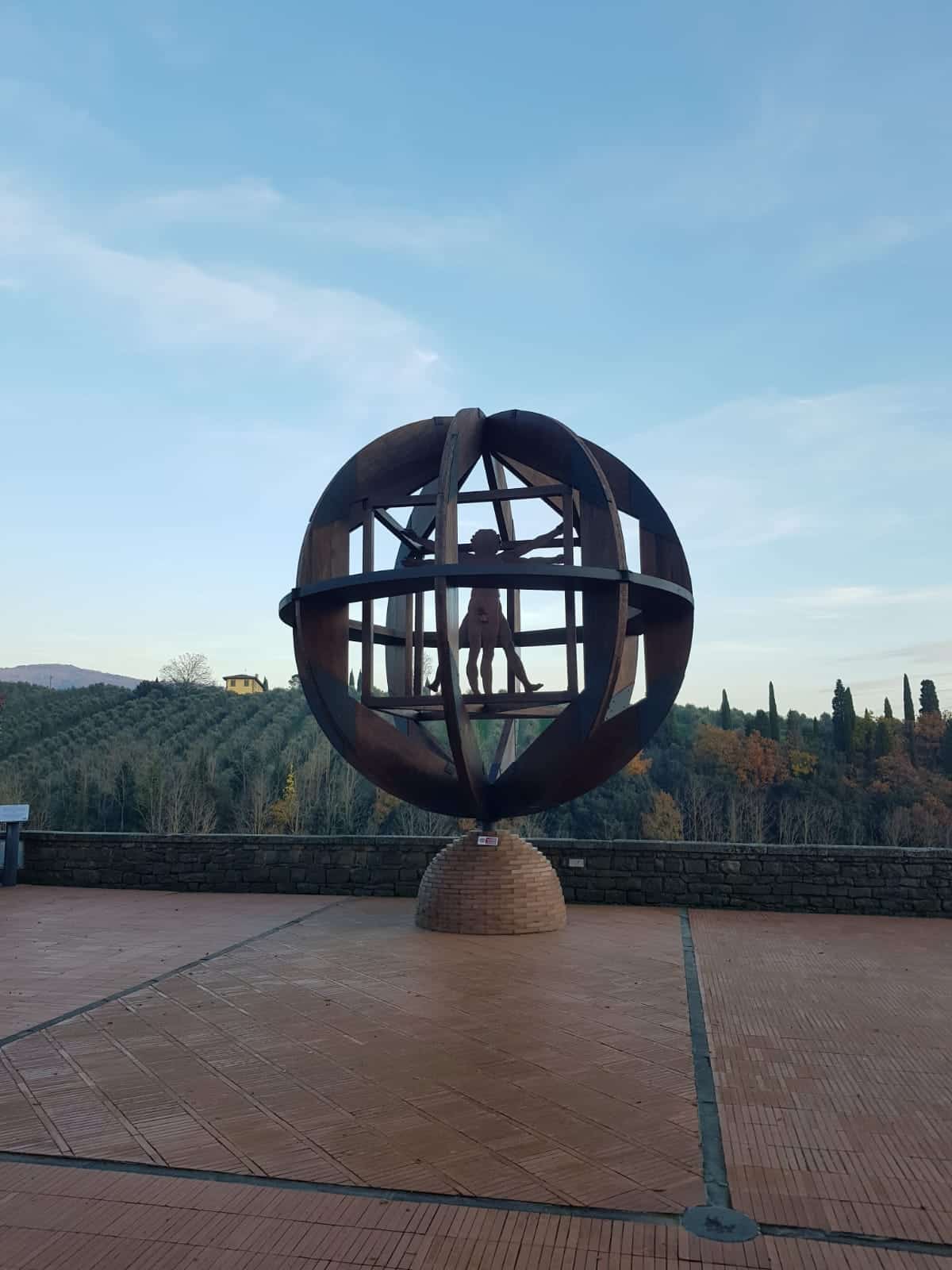
Volterra
Today in Volterra Etruscan, Roman, Medieval, and Renaissance imprints coexist: walking through the narrow streets of the village you can perceive the atmosphere of a past time, where ancient crafts still survive, such as the processing of alabaster, the flagship of Volterra craftsmanship. The heart of the city is Piazza dei Priori which is overlooked by the most important buildings. From an archaeological point of view, the Etruscan remains preserved in the “Guarnacci” Etruscan Museum and the excavations in the “E. Rivers “.
Piazza Martiri della Libertà, from which you can enjoy a splendid panorama; Piazza dei Priori, overlooked by Palazzo dei Priori (the oldest in Tuscany), Palazzo Pretorio with the “Torre del Porcellino”, Palazzo Vescovile, Palazzo Incontri and Palazzo del Monte Pio; the “E. Rivers “where the Etruscan acropolis stood with the foundations of 2 temples from the III and II centuries. B.C.; the Medici Fortress with the old fortress and the new fortress; Duomo or Cathedral of Santa Maria Assunta.
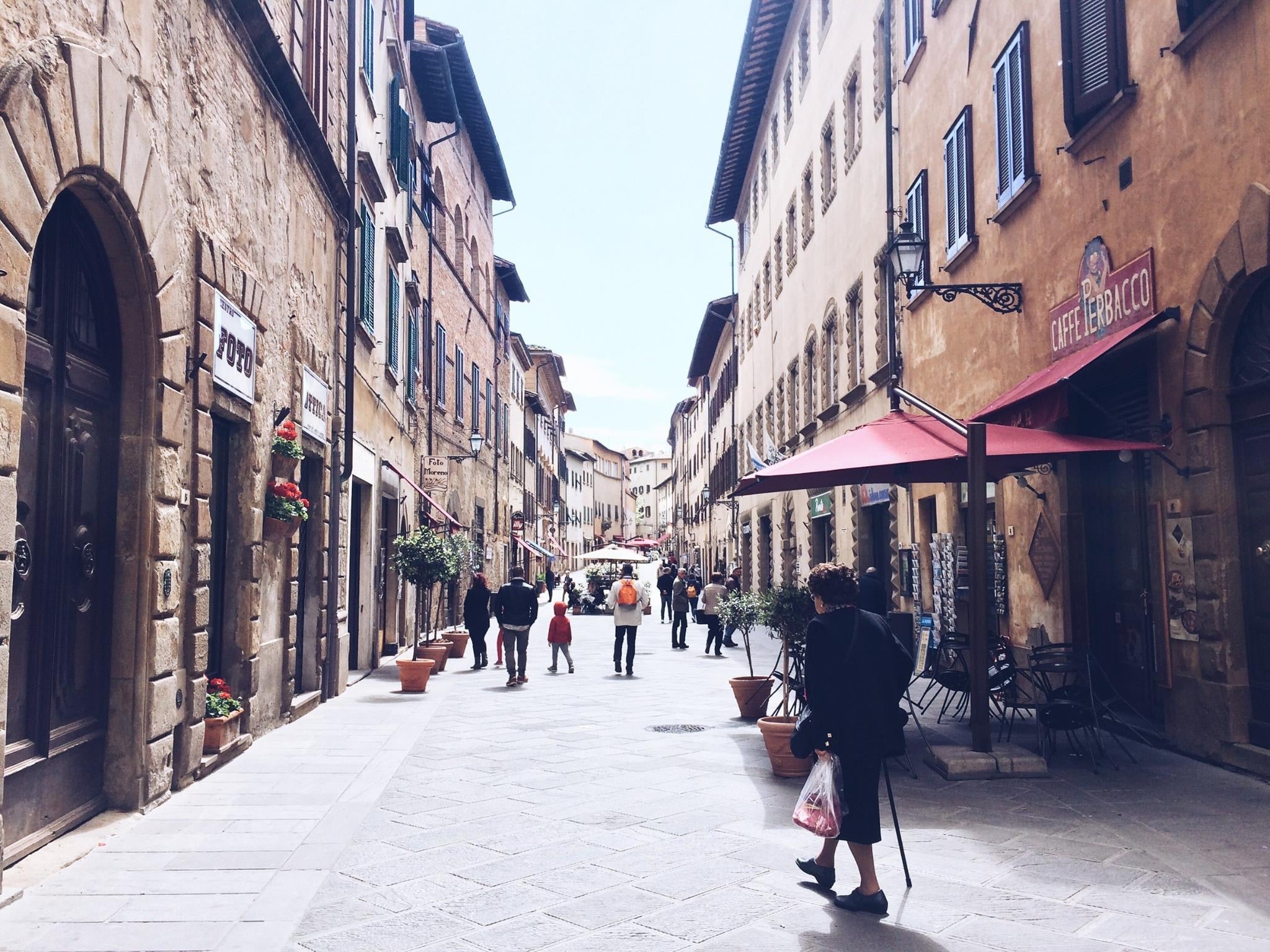
These are the most beautiful and interesting villages to see between Florence and Siena.
In the next post, we will talk about Siena in more detail.
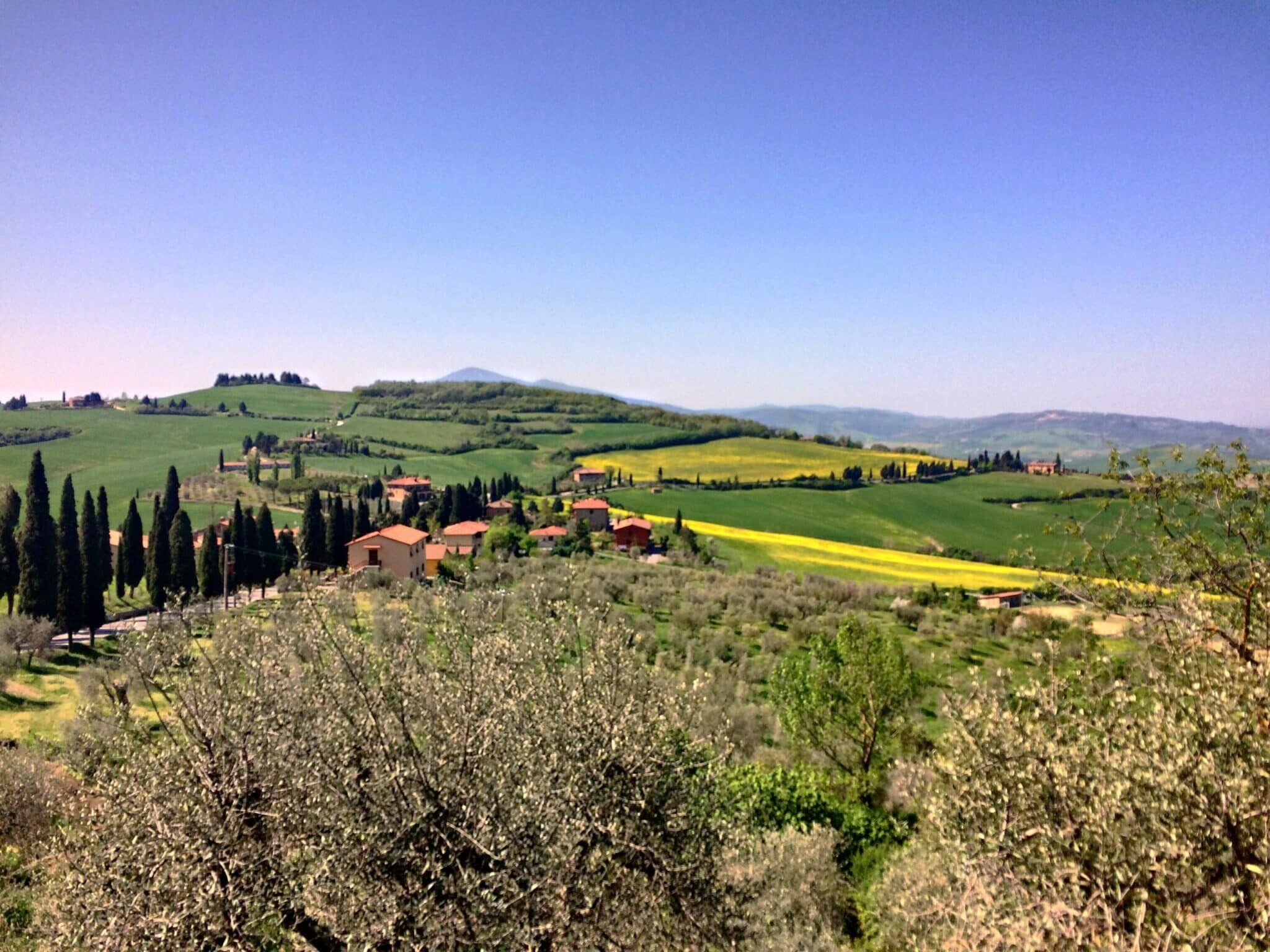
We look forward to seeing you in the comments!😘

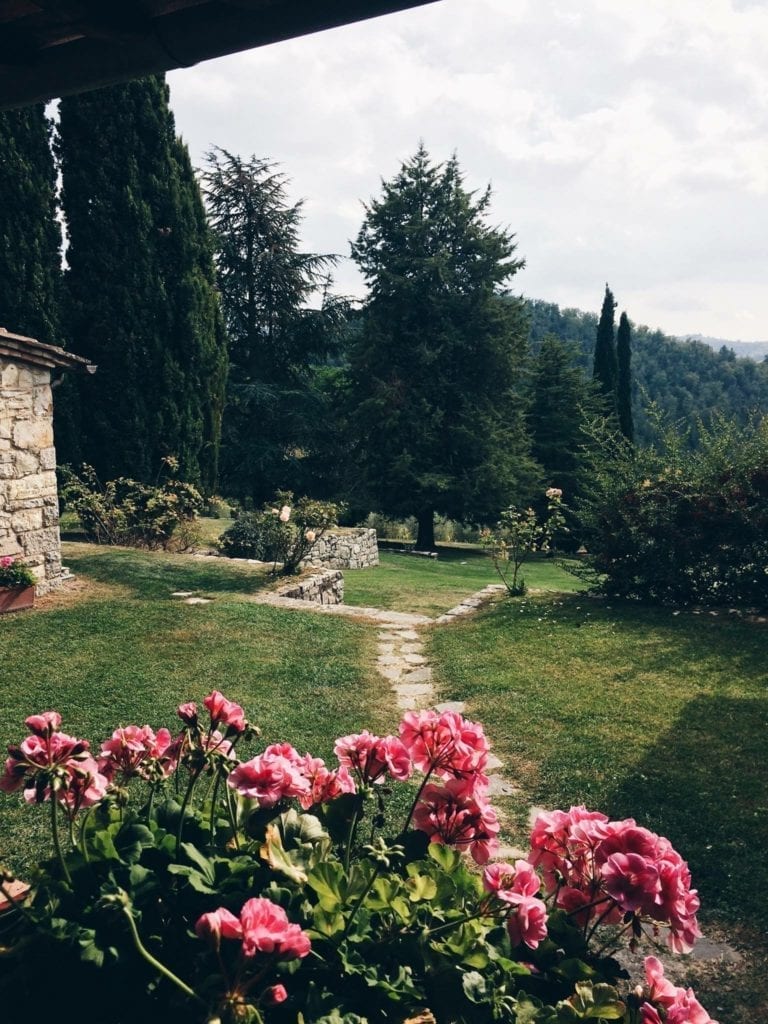
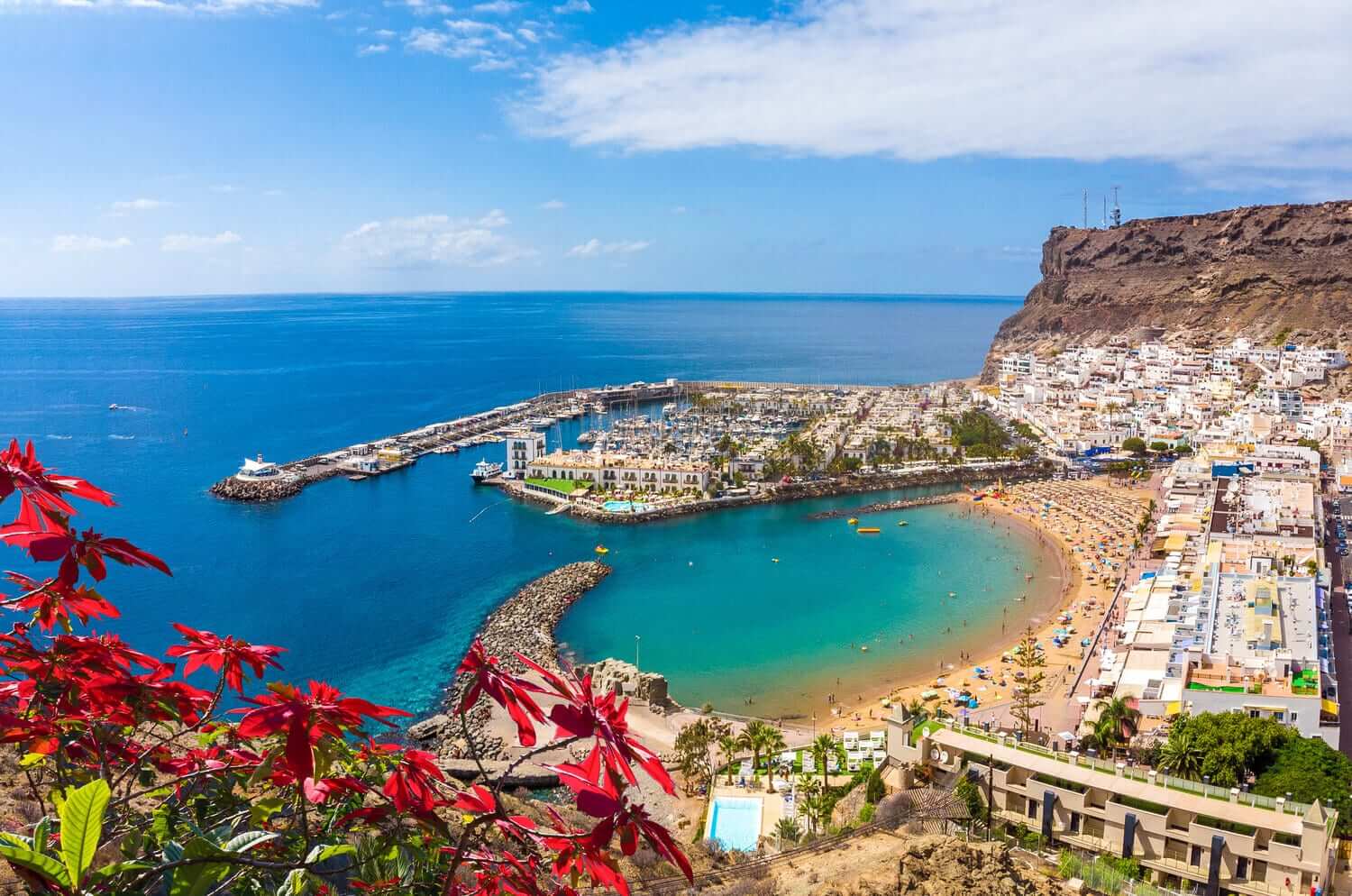
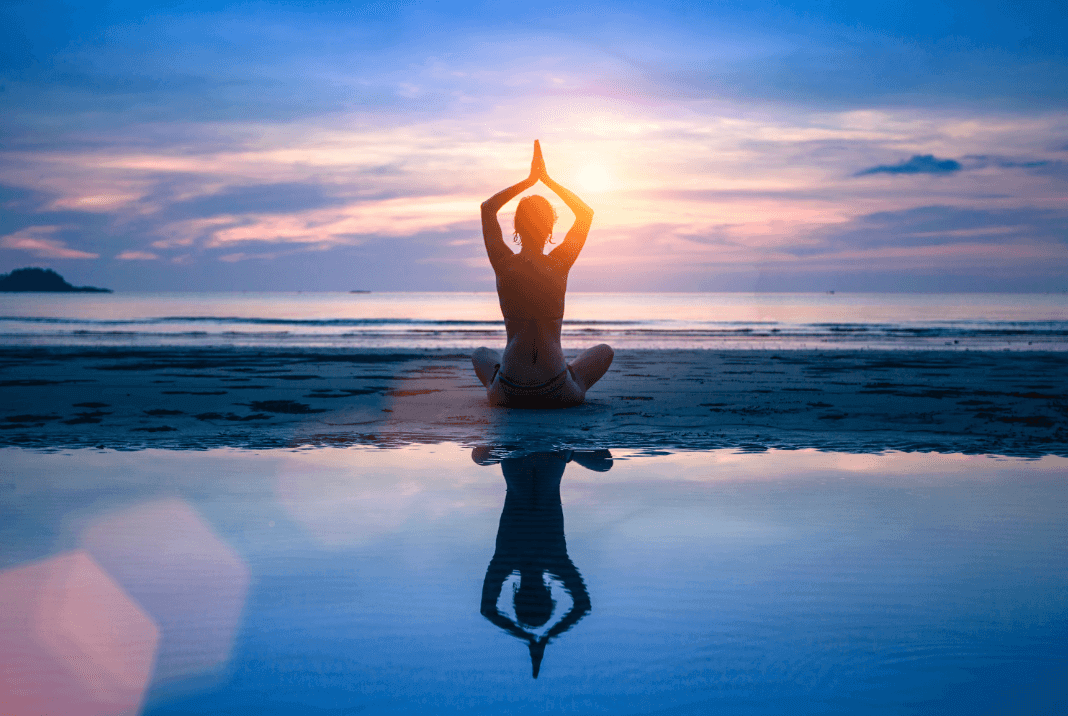
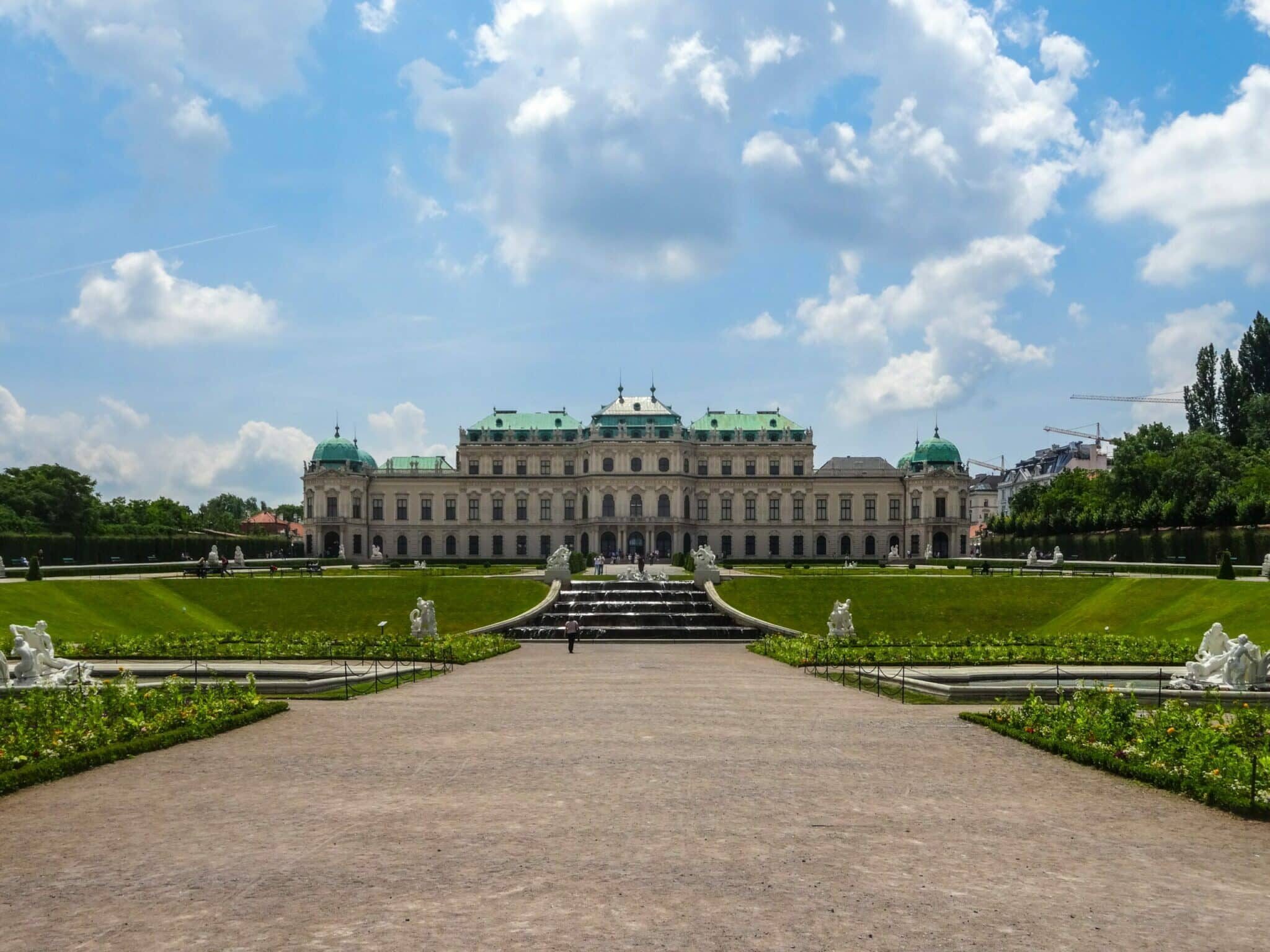
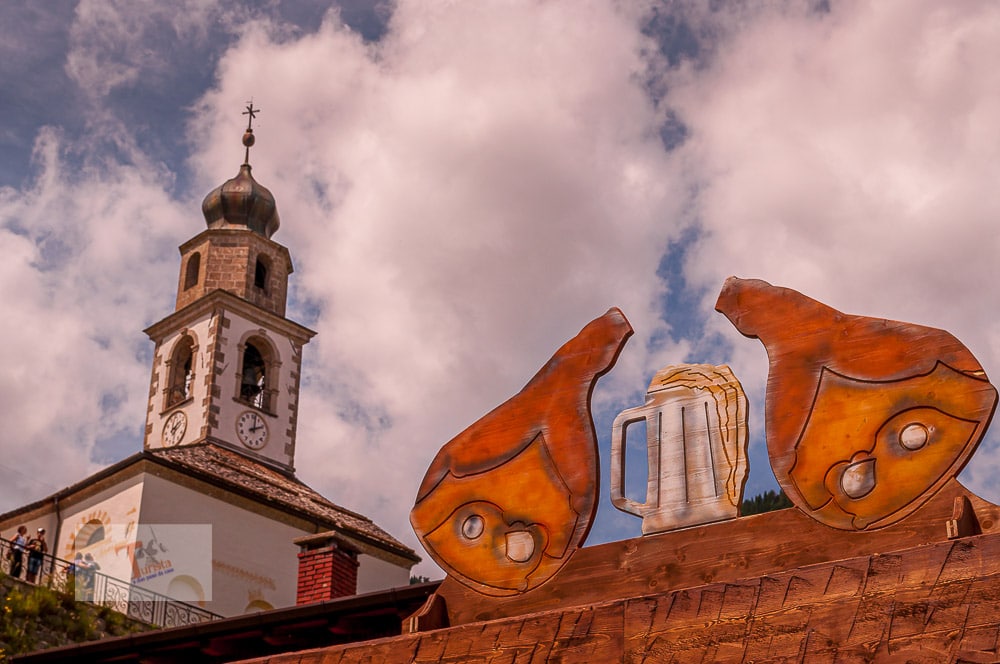
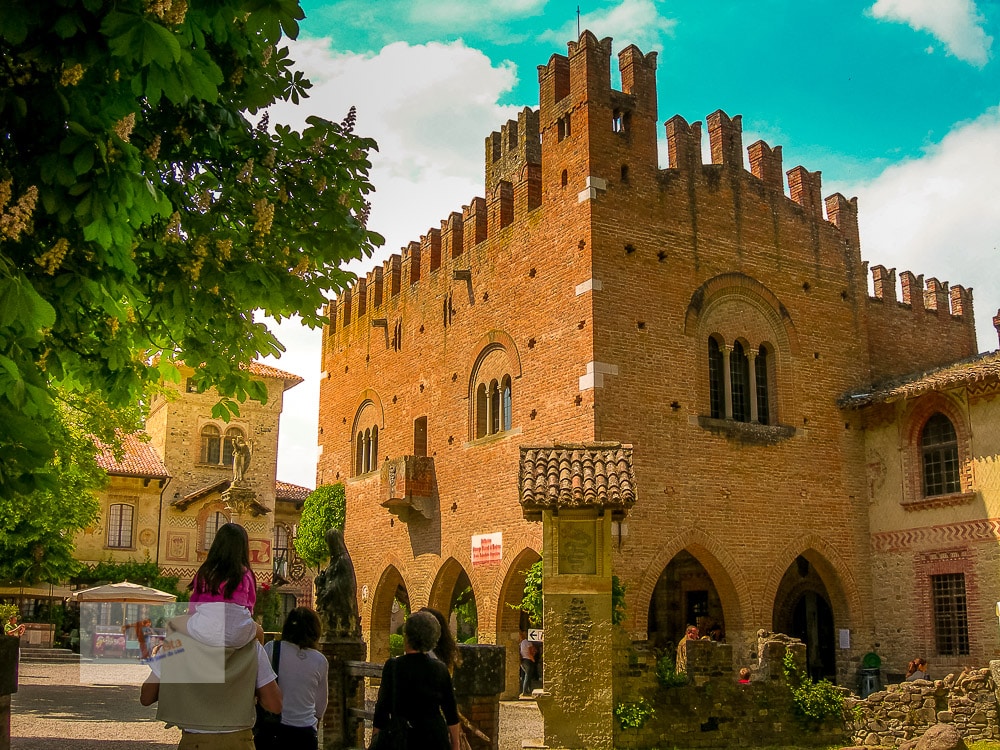
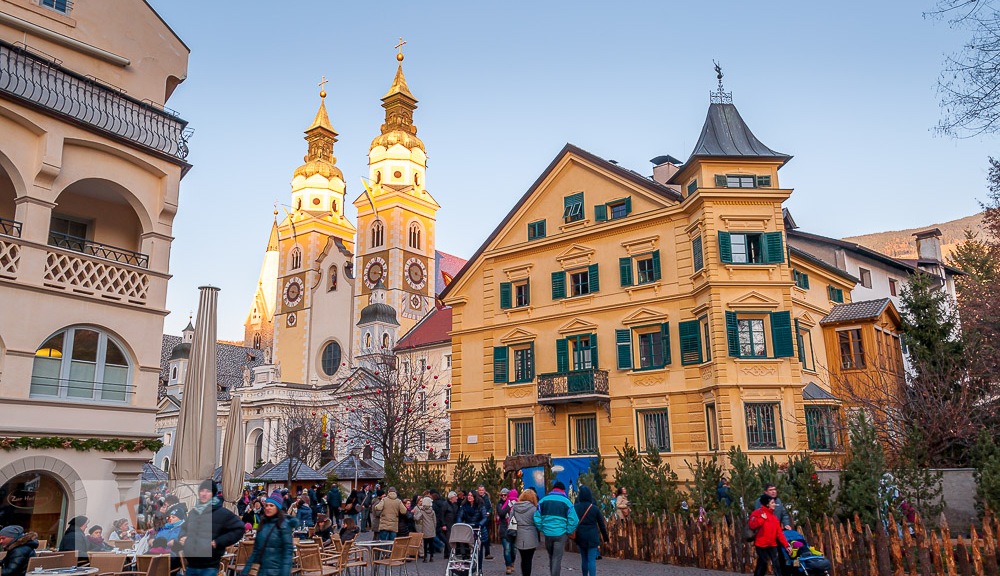
Italy is so beautiful <3 Very informative post 🙂 Can't decide where to visit first 😀 The honey festival sounds pretty good 😛 Montalcino also looks like a really charming and interesting place. Never heard of it before. We are planning on a little Italy tour when things have calmed down and I will add some of your tips for sure 🙂
We really appreciate your comment! We recommend that you see at least some of these places so that you feel like a real Tuscan 😀
Italy is such an amazing country. As a french, a good wine and food enthusiast, Italy bring me so much pleasure as well for that!
Also, as an history fan, I really admire all the nice historical places and the architecture. I did not make the Chianti wine road yet but for sure I will do it one day.
As a wine lover, you will definitely like these destinations! 🙂